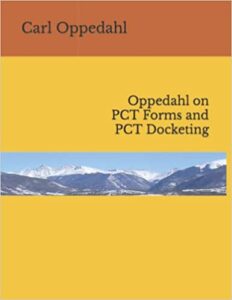When Adobe started to create the Acrobat PDF standard in 1992, it began as a fairly simple standard. As the years passed, the PDF standard grew and grew, so that all manner of weird and poorly understood things could be tucked away inside a PDF file. By now in 2021, a PDF file might contain multimedia content. It might have a hyperlink to launch a web browser or email client or a VOIP telephone calling client. It might be “locked” with a password to prevent editing. It might contain metadata indicating who created or edited the PDF, or the type of software that generated the PDF. I used to joke that Adobe had a defined datatype for embedding scents in PDF files and then was astonished to learn that this had actually been proposed some years ago in some PDF working group. I gather that scent embedding in PDFs did not actually get implemented.
In the world of USPTO patent e-filing, the chief way that the inner workings of the PDF standard become challenging is that the programmers at the USPTO profess to be unable to handle certain kinds of “fonts”. (In a separate blog article I will elaborate on this “font” challenge which is a completely artificial challenge that exists only because the USPTO programmers cause it to exist.)
The other way that the inner workings of the PDF standard are challenging in the world of USPTO patent e-filing is that the programmers at the USPTO (along with their colleagues who draft policy documents and their colleagues who carry out day-to-day work) cannot quite make up their minds about whether “layers” in a PDF file are a problem or not. And that is the focus of this blog article. This lack of clarity in the minds of USPTO people leads to wasted time for people at the USPTO and wasted time for patent practitioners and applicants, as I will describe.
Continue reading “USPTO seems to be of two minds about PDF layers and it wastes everybody’s time”


